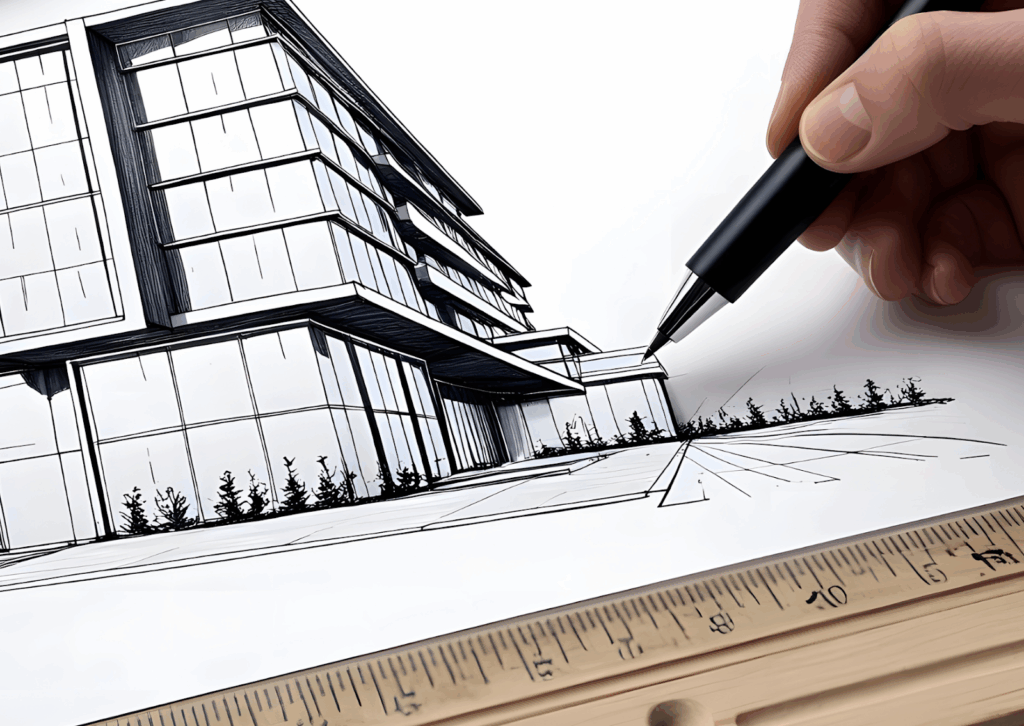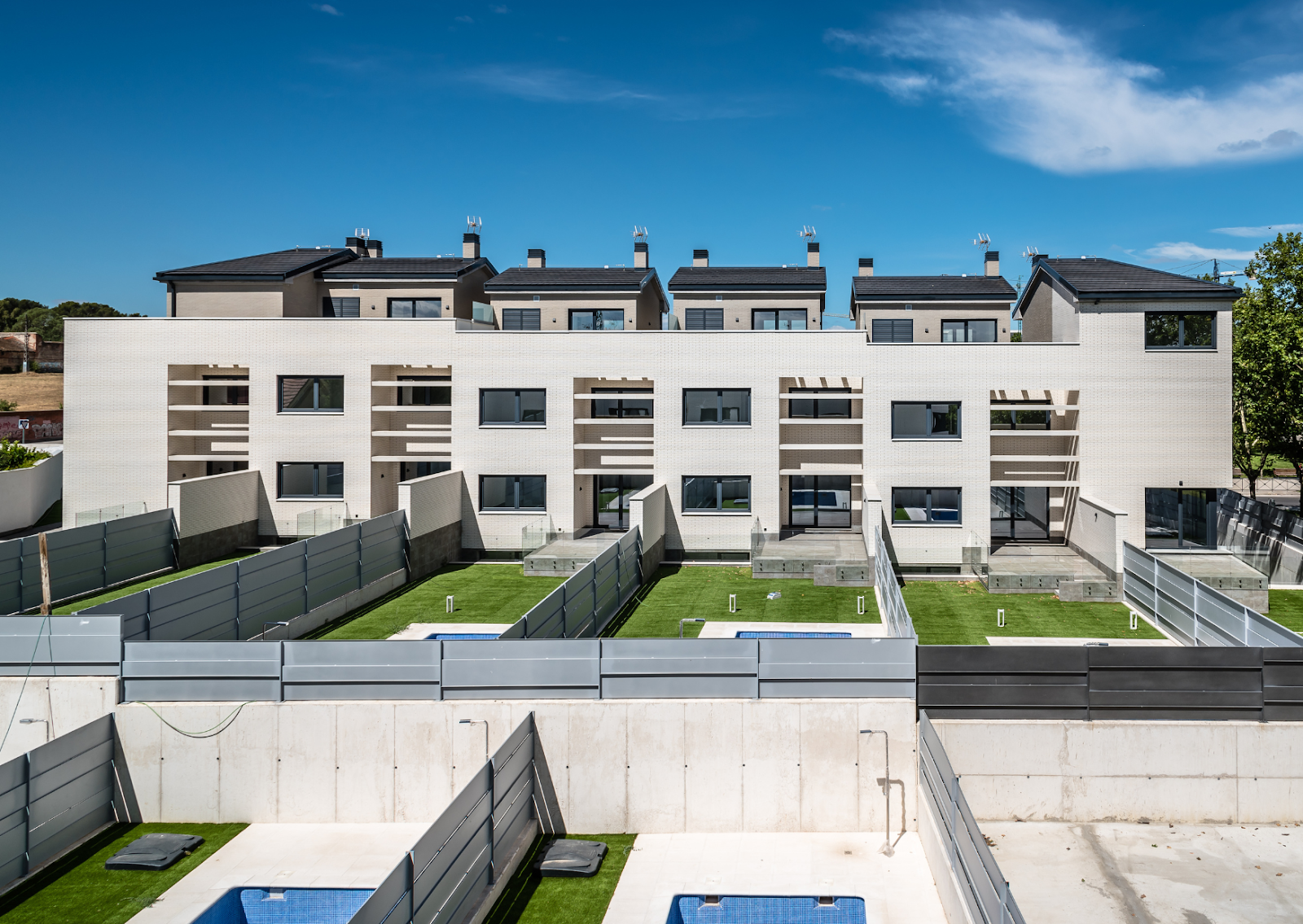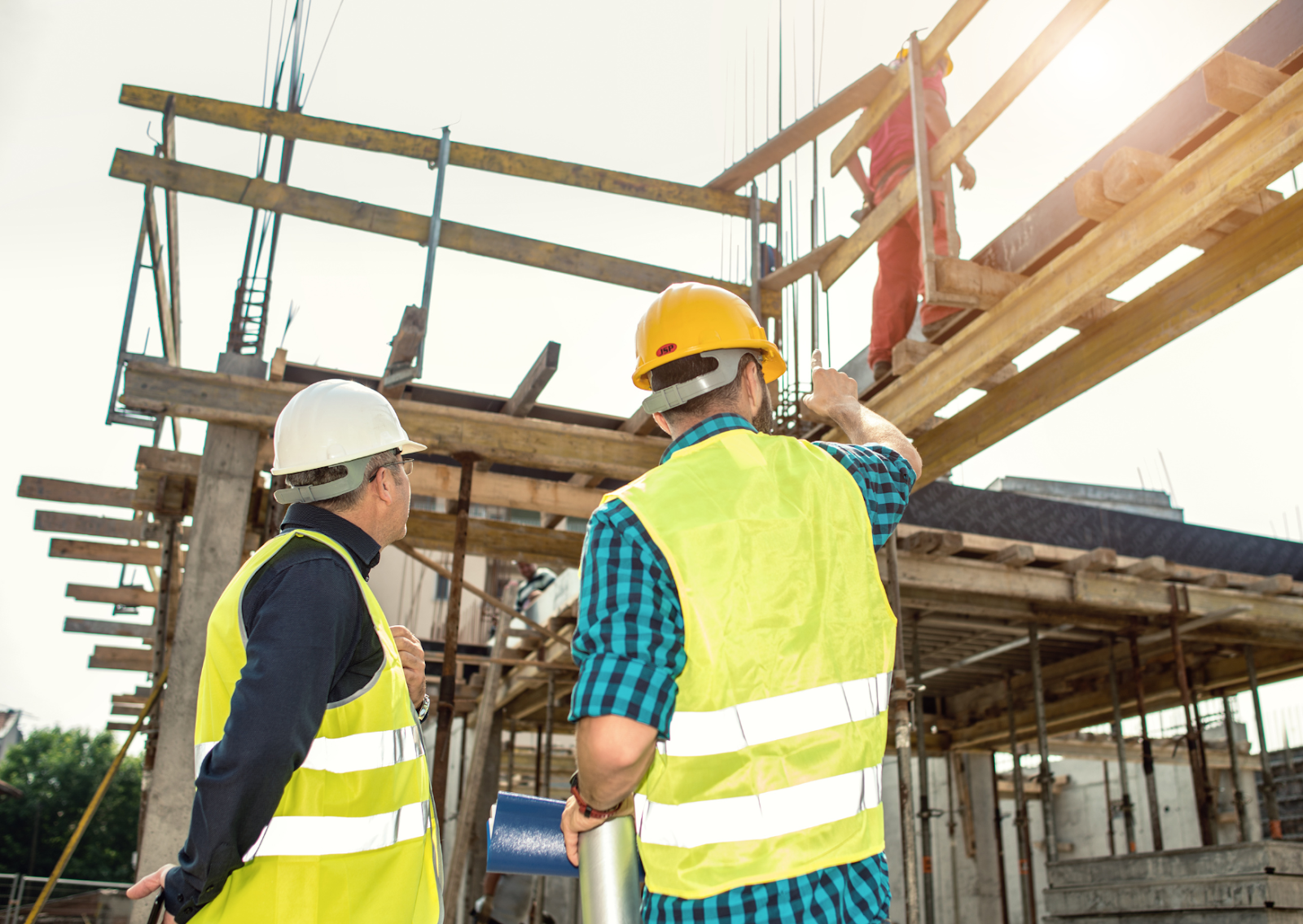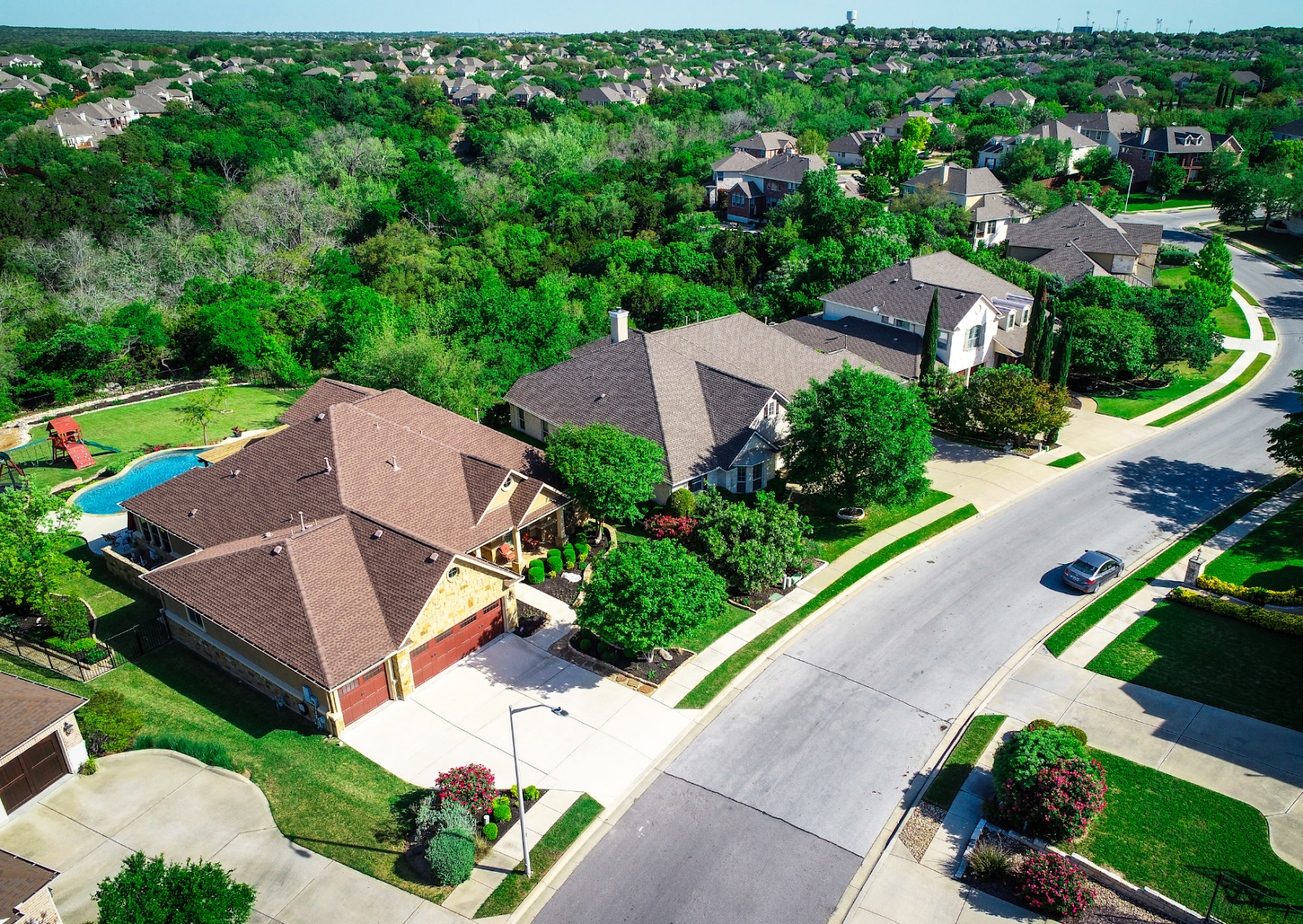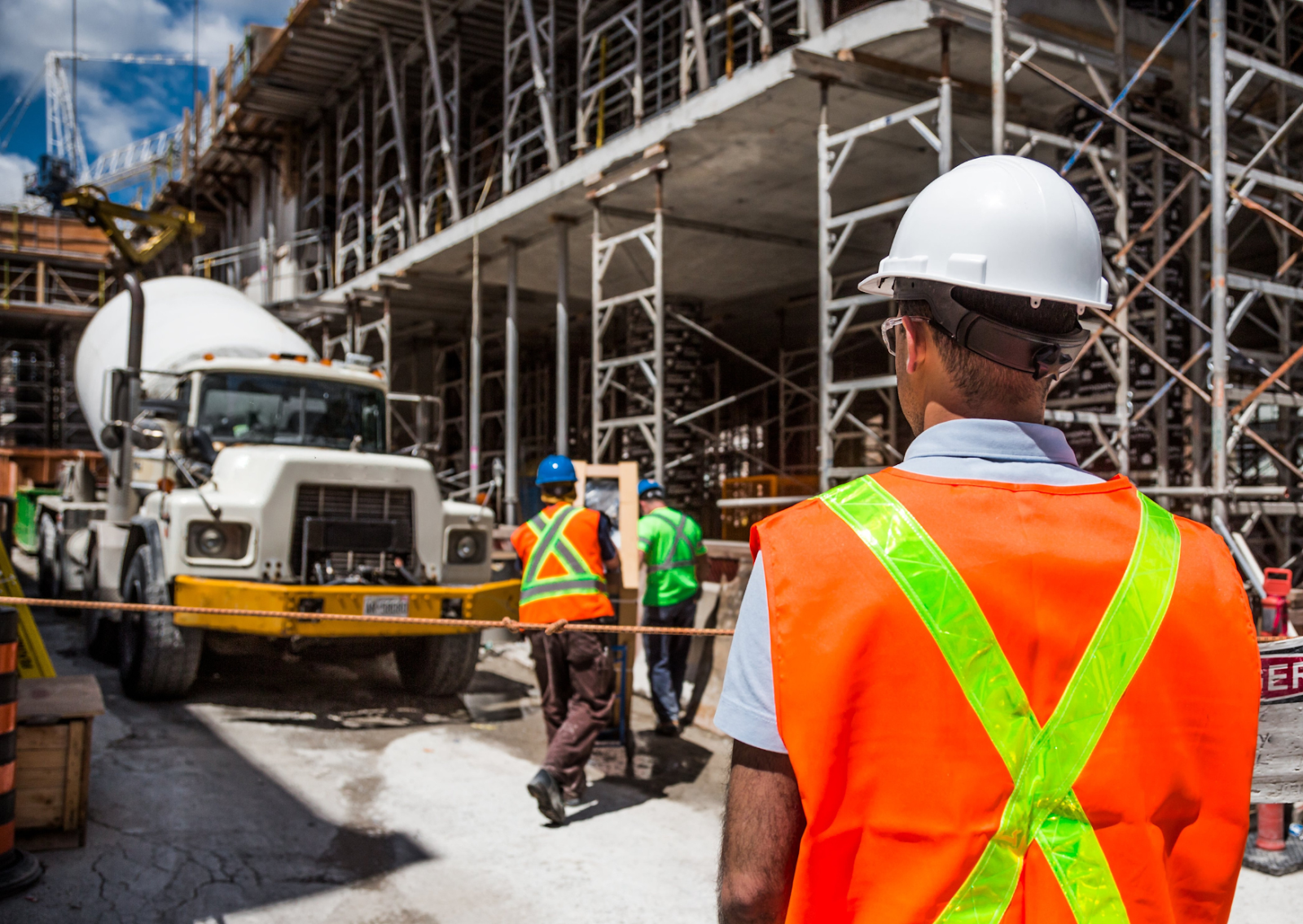What Role Does Architectural Design Play in the Success of a Construction Project?
Architectural design is often the first crucial step in any construction project. It sets the foundation for what will ultimately become a functional, aesthetically pleasing, and structurally sound building. In Los Angeles, where the built environment varies from historical landmarks to modern high-rises, architectural design must be both innovative and responsive to local building codes. During the conceptual design and planning stage, architects work closely with engineers and other design professionals to create spatial layouts that meet performance requirements while considering environmental design and site conditions.
This planning phase often involves creative problem solving to accommodate both the design vision and technical constraints. Important aspects like structural integrity, bearing capacity, and cooling systems must be accounted for early in the design process. The architectural design influences cost estimates, materials needed, and even construction labor requirements, making it a primary factor in determining the success of a project.
How Do Construction Phases Support Effective Project Delivery?
The construction phase of a building project is where planning becomes reality. From the first sketch to the completed building, each phase plays a vital role. There are typically multiple steps involved: site preparation, foundation laying, structural framing, installation of mechanical systems, and finishing touches. Each step must be carefully considered and executed to ensure structural integrity and code compliance.
In Los Angeles, construction projects often rely on a close relationship between architects, engineers, and specialty contractors. The progressive design-build model is increasingly favored due to its streamlined communication and single contract format. This method enhances project delivery by minimizing delays and promoting cost savings through more efficient workflows and decision-making.
Why Is the Design Phase Critical in Commercial Building Projects?
For commercial building projects, the design phase is especially crucial. Office buildings, retail centers, and mixed-use developments must not only meet functional needs but also attract occupants and adhere to regulations. Design teams focus on balancing aesthetics with the practical needs of the space, including energy-efficient systems, air conditioning, and safe access roads.
Commercial developments in Los Angeles must take the surrounding area into account, from traffic patterns to zoning laws. By thoroughly addressing these factors during the design phase, construction professionals can reduce complications during the construction process. This approach helps achieve on-time project delivery and minimizes changes during later stages.
How Do Building Codes Shape the Design of Building Construction?
Building codes are non-negotiable guidelines that govern construction activities. In Los Angeles, adherence to local building codes ensures that structures are safe, accessible, and resilient to environmental challenges such as earthquakes. These codes influence everything from the size and spacing of structural elements to fire safety systems and energy-efficient designs.
The integration of building codes in the early planning stage avoids costly redesigns and regulatory delays. Design professionals, including architects and engineers, must stay current with code updates and ensure that their designs align with legal and technical standards. This compliance is essential to protect future occupants and the surrounding area.
What Makes the Design Process in the Construction Industry Unique?
The design process in the construction industry is more than just drafting blueprints. It’s a multidisciplinary effort involving architects, civil engineering experts, mechanical engineers, and clients. The process starts with conceptual design and evolves into final design documents, incorporating structural analysis, cost estimates, and feedback from stakeholders.
In Los Angeles, where urban density and environmental concerns are significant, the design process often includes considerations for green building certifications and renewable energy sources. This emphasis on environmental design and sustainability adds another layer of complexity and importance to the overall design and construction workflow.
How Does Proper Planning Affect Construction Costs and Timelines?
Proper planning is one of the most effective tools for managing construction costs and timelines. During the planning stage, design teams evaluate factors such as soil composition, materials needed, and estimated costs. They also determine the project delivery method that best suits the project type, whether it involves separate contracts or a single contract approach.
A carefully considered plan reduces the likelihood of scope changes, delays, and cost overruns. For instance, clear planning allows for efficient allocation of construction labor and materials. It also facilitates coordination among team members, such as specialty contractors and engineers, which is crucial for maintaining project momentum.
What Are the Key Considerations for a Successful Construction Site Setup?
The setup of a construction site plays a significant role in determining the efficiency and safety of the construction process. Factors such as access roads, location of materials storage, and site conditions must be strategically planned. These decisions impact everything from construction spending to the safety of workers.
In urban areas like Los Angeles, site logistics can be particularly challenging due to space constraints and public sector regulations. Effective site planning helps prevent delays, enhances productivity, and ensures that the construction project aligns with the intended timeline and budget.
How Does Construction Technology Enhance the Design and Construction Process?
Advancements in construction technology have revolutionized how projects are designed, managed, and built. Tools like Building Information Modeling (BIM) and computer-aided design (CAD) help teams visualize and optimize the construction process long before any physical work begins.
These technologies enable real-time collaboration among architects, engineers, and contractors, allowing design changes to be implemented quickly and efficiently. They also improve accuracy in cost estimates, material selection, and construction methods. In Los Angeles, where building regulations are strict and land is expensive, using technology to improve construction efficiency is especially beneficial.
Why Is a Close Relationship Between Design Teams and Contractors Essential?
A close relationship between design teams and contractors ensures that the vision behind a building’s design is fully realized during the construction phase. This collaboration facilitates quick resolution of issues, maintains alignment with project goals, and enhances overall project delivery.
In practice, this relationship is fostered through regular meetings, shared documentation, and mutual understanding of project milestones. In Los Angeles, where many projects involve public-private partnerships or tight urban footprints, strong communication among all parties is not just helpful—it’s essential.
What Can Be Done to Improve Project Outcomes in Building Construction?
Improving project outcomes in building construction involves a combination of best practices: strong planning, skilled labor, effective project delivery, and the use of advanced tools. It also requires attention to both big-picture goals and small operational details, from the first sketch to the final handoff.
Successful construction projects in Los Angeles increasingly depend on a forward-thinking approach that integrates sustainability, innovation, and collaboration. By leveraging the knowledge of experienced architects and engineers and following proven construction methods, teams can consistently achieve better results.
How Can You Ensure Your Construction Project Is Set Up for Success?
If you’re planning a new project—whether it’s a commercial building, residential complex, or urban development—the best outcomes start with thoughtful design and experienced professionals. The right team can guide you through the planning phase, navigate local building codes, and deliver a structure that meets both your functional and aesthetic needs.
We recommend partnering with seasoned professionals like MID Construction Group, who bring together comprehensive architectural and engineering services tailored for projects in Los Angeles. With their expertise in progressive design build and commitment to quality, you can expect a smooth, cost-effective, and successful construction process from start to finish. Call them today!
Final Thoughts
The design of building construction is far more than artistic expression—it is the blueprint for project success. From architectural design and construction methods to technology integration and contractor coordination, every element must be aligned for a project to reach its full potential. In cities like Los Angeles, where the built environment is both a canvas and a challenge, excellence in design and execution makes all the difference.
Partnering with the right professionals, planning with precision, and staying informed throughout the construction journey are all critical steps in ensuring your building will stand the test of time, functionally, economically, and culturally.
Works Cited
American Institute of Architects. “The Architect’s Role in Construction.” AIA, 2023, www.aia.org/pages/6408041-the-architects-role-in-construction.
California Building Standards Commission. “Building Standards Code.” State of California, 2024, www.dgs.ca.gov/BSC.
U.S. Department of Energy. “Energy-Efficient Building Design.” Energy.gov, 2023, www.energy.gov/eere/buildings/energy-efficient-buildings.
Los Angeles Department of Building and Safety. “Permit and Code Regulations.” LADBS, 2024, www.ladbs.org.
National Institute of Building Sciences. “Whole Building Design Guide.” WBDG, 2024, www.wbdg.org.
Frequently Asked Questions
1. Why is architectural design important in the early stages of a construction project?
Architectural design sets the foundation for the entire construction project. It determines the spatial layout, materials needed, and compliance with building codes. A strong architectural design helps ensure structural integrity, cost efficiency, and a smooth construction process.
2. How do building codes affect the design of building construction?
Building codes govern safety, structural requirements, energy efficiency, and accessibility. They influence design choices like materials, spatial layouts, and mechanical systems. Adhering to these codes early in the design phase helps avoid delays and costly revisions later.
3. What is the role of construction technology in modern building projects?
Construction technology, such as Building Information Modeling (BIM) and CAD software, allows teams to visualize the project, improve cost estimates, and make real-time design adjustments. It enhances coordination, reduces errors, and streamlines the construction process.
4. What makes the progressive design build model beneficial?
The progressive design build model promotes collaboration by integrating design and construction teams under a single contract. This leads to faster decisions, fewer delays, cost savings, and more cohesive project delivery—particularly valuable in urban projects like those in Los Angeles.
5. How can I ensure a successful outcome for my building construction project?
Start with a well-planned design phase, involve experienced architects and engineers, and choose a reliable project delivery method. Partnering with professionals like MID Construction Group helps align your vision with expert execution, ensuring your project is completed efficiently and meets all performance requirements.

